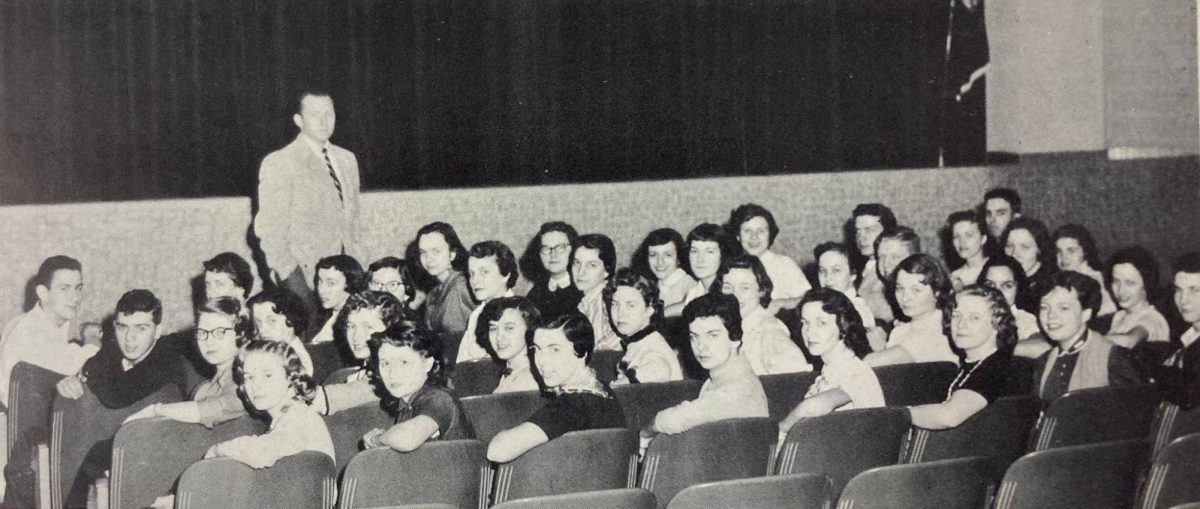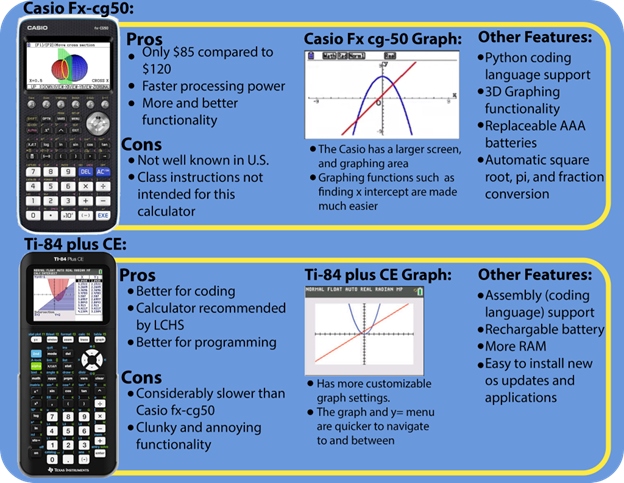It’s no secret that technology has been advancing since the early days of mankind, and imperative to technology was education. As technology grew more complex and refined, so did education.
Early human education was very simple, and rooted in instinct. Humans during the Paleolithic era carried their young on their backs to expose them to the world and be able to care for them when gathering. Educating “means of enforcing social norms, and approach to children’s education—is imbued with the spirit of play,” Darcia Narvaez Ph.D. A Professor of Psychology at Notre Dame wrote, “The hunter-gatherer culture represents a social landscape where play and humor are valued and aggression and status-seeking are devalued.”
Real teaching likely came in as technology became more advanced. Paleolithic/caveman parents needed to pass on important skills such as how to make fire and create obsidian blades. “As reliance on increasingly complex tools grew, so too would selection for teaching, facilitating the increasingly open-ended evolution of cultural artifacts,” Amanda J. Lucas, Doctor of Psychology at the University of Exeter said.8
As humans shifted from migrating hunter-gatherers to stationary farmers during the Agricultural Revolution, society, technology, and education were greatly changed. Settles societies during the bronze age were the first to create actual schools, “there were schools in Egypt and West Asia and (later, around 1500 BC) Greece for a few boys, who learned to read and write and do math,” Dr. Karen Carr, Associate Professor Emerita, Department of History, Portland State University, said, “… still most children did not learn to read or write or count, and did not go to school at all.”
Much like what happened during the jump from Paleolithic to Neolithic societies, education is changing drastically today, too.
Where there once was a patriarchal society limiting women from becoming educated, we now have the digital divide. According to the Pew Research Center, less than 80% of lower-income households (households that make less than 30k) use the internet, and less than 60% have access to broadband internet. Because schools are becoming more and more technologically advanced, these lower-income families are being handicapped in access to new tools and methods of teaching.
Our district is fortunate to be located in the richest county in the United States and has a budget of over 1.6 billion dollars for the 2024 school year ($16,995 spending per pupil). With these large funds, the school district provides Chromebooks for every student and can give Wi-Fi hotspots to families in need.
Not every school district is so fortunate though, LCPS spending per pupil is far above the national average of $13,201 according to WiseVoter.com, but the lowest funded school districts in the US have a budget of less than $10,000 per pupil a whopping $20,000 less than top counties such as Syosset Central School District, Syosset, NY which spend upwards of $30,000 per pupil.
These statistics are only for the US, which ranks 2nd among the 37 other developed countries in school spending. Undeveloped countries are sped far lower, on average spending only ~5% of their GDP on education according to brookings.edu.
These large national and international gaps in funding for education make new technologies and practices difficult for many schools.
If a school does want to put resources into technology they also have to remove resources from teachers, “Even the seemingly benign resources we might use in our classrooms today come with tradeoffs. Every Wi-Fi-connected, “smart” device utilized in schools is an investment in time, money, and expertise in technology over teachers and the teaching profession.” Antero Garcia, associate professor of education at Stanford, said.
And problems with technology go beyond the economy. Excessive screen use can be harmful to mental, and physical health.
Excessive use of technology can be very harmful to mental health, “there has been an increase in mental health issues amongst students which has led to anxiety, depression, and challenges with learning, which are associated with their use of technology” Waffa Qurbani, a staff member at Ontario Tech University wrote.
Overuse of technology/screens can also cause many problems with physical health, “ Use of technology can also have negative repercussions on physical health causing vision problems, hearing loss, and neck strain.” an article on Digitalresponsibility.org wrote.
Despite these problems Education Technology hasn’t stopped growing, instead it’s skyrocketed since 2020. In 2018 the global education industry was valued at around $68 billion, but is expected to grow to over $280 billion by 2028 according to KBV research. That’s an over 300% increase.
The reason for the growth is likely due to technology providing numerous benefits for students and teachers. “utilizing different types of technology in the classroom, including a virtual classroom, creates learners who are actively engaged with learning objectives,” in an article by Drexel University wrote, “The implementation of technology also creates pathways for differentiated instruction to meet the unique needs of students as individual learners within a broader classroom climate.”
This growth in educational technology has also incentivized companies to create new educational products. In an article by Kyle Byers, Director of Organic Search at Semrush, he explains Virtual Reality may see a future in education fields, “Using AR, students can see 3D depictions of dinosaurs, chemical elements, the human body and more. Products like Adobe Aero are making it easy for anyone to build AR objects,” Byers says, “While a real expense for many schools, VR can actually be used to save money on physical equipment.”
Other technologies such as Google Expeditions let students use virtual reality to take virtual field trips.
Just like the jump from Paleolithic to Neolithic education, these new ideas and technologies may turn out to improve future learning, but to grow we have to not create the divides in learning that plagued our earliest schools.


































